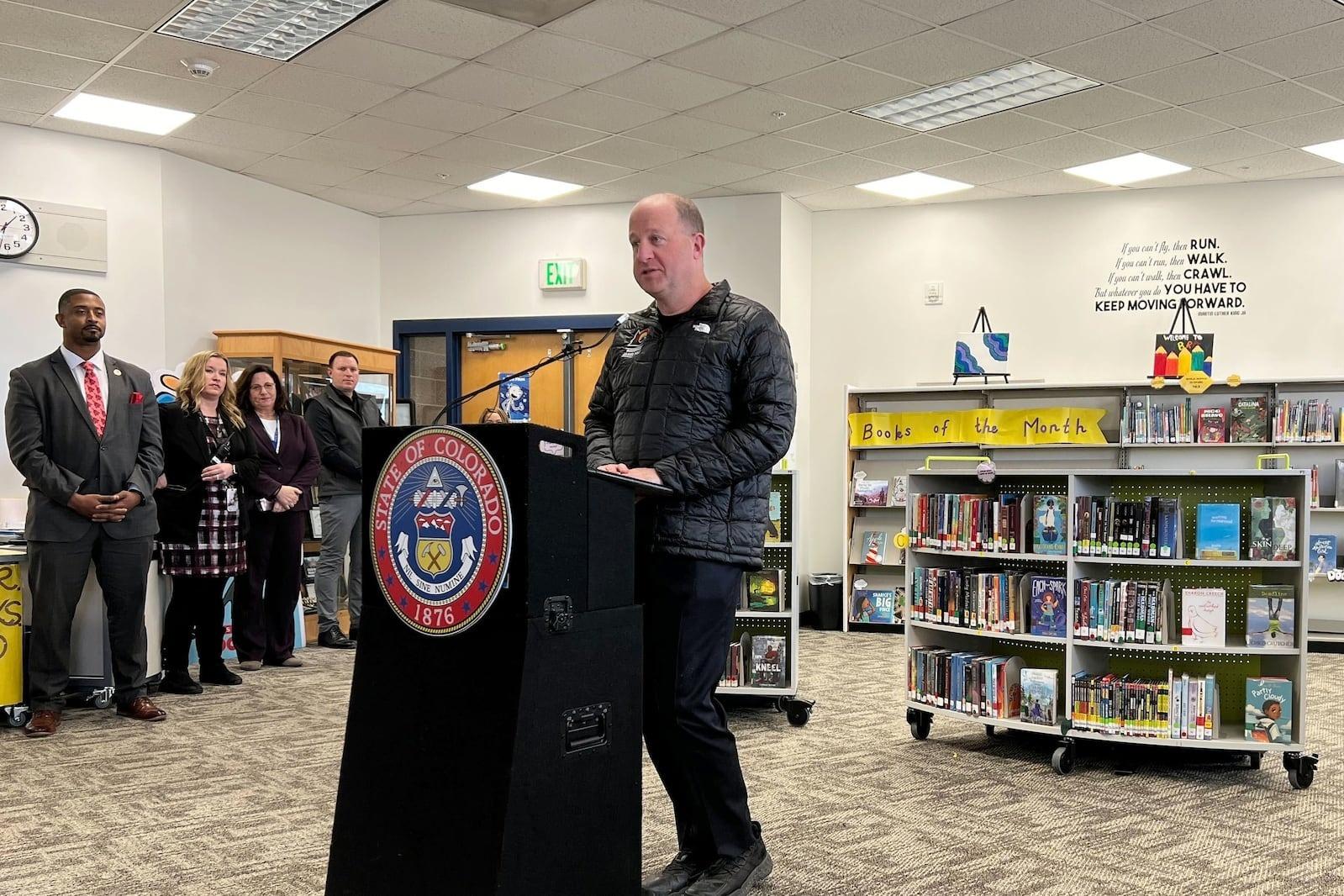
The federal government has ended a pandemic-era expansion of the Supplemental Nutrition Assistance Program, commonly known as SNAP. That means the half-million Coloradans who use the program will see smaller benefit checks starting in March.
Recipients can expect their monthly allotments to drop by about $90 per person in their household. Larger families could see reductions of $300 or more.
Hunger-focused organizations in Colorado have described the sudden changes as a “hunger cliff” and expect to see a swell of demand closer to the end of March as families adjust to tighter food budgets.
Roughly 77 percent of SNAP enrollees in the state are working families, people with disabilities or elderly people with fixed incomes, according to the Colorado Department of Human Services, which administers the program alongside county governments. More than half of Colorado’s SNAP households include children.
The end of beefed-up benefits will be a painful transition for many, said Ashley Wheeland, director of public policy for Hunger Free Colorado.
“Folks are going to have less resources to buy food and they're going to have to make hard decisions around how they cover the cost of food and other bills,” Wheeland said.
Why benefits are changing
The federal government expanded monthly SNAP allotments back in March 2020 in conjunction with COVID-19 public health emergency declarations. The expansion added a supplemental payment on top of traditional SNAP checks, which can go towards everyday food purchases at specific grocery stores.
Congress allowed the boost to expire. And now that extra pandemic payment is going away.
Since SNAP is a federally funded program, Colorado has no power to keep the boosted monthly payments in place, said Jim Williams, spokesman for Boulder County’s Department of Housing and Human Services.
“The conversations that have been taking place at the federal level have really been about returning to what maybe some consider to be normal,” Williams said. “But there are lots of people still struggling in our communities and who get impacted by these decisions.”
The SNAP decision is just one in a larger trend of “decoupling” benefit program expansions from public health emergency declarations, Williams said. Medicaid benefits for many Coloradans are also on the chopping block once the federal pandemic emergency declaration ends in May.
SNAP decreases will vary household to household
SNAP benefits are calculated based on a formula combining several different factors, including income, household size and expense deductions. That means benefit decreases will also vary.
Colorado officials who administer SNAP dollars estimate the difference will come out to an average of about $90 a month less per person.
“That starts to add up when you have larger families and is very significant when you look at the prices of groceries in this economy,” said Jesica Antonucci, assistance payments deputy for Weld County’s Department of Human Services.
After decreases kick in, the federal government estimates the average SNAP benefits per recipient will come out to $182 per month.
Payments will be far lower for recipients on relatively higher fixed incomes, who tend to be elderly or disabled, said Wheeland with Hunger Free Colorado.
“Many will only qualify for the minimum from SNAP, which means $23 a month,” she said. “Where during this health emergency, they’ve been getting around $250 and it’s really been helping them during a difficult time, especially as property taxes and food prices are rising.”
Recipients should learn their new SNAP benefit as soon as their March deposit arrives.
Extra resources to understand your new allotment
Colorado has rolled out a new state “real time” benefits information hotline for recipients to call if they want to understand their new payment amount better.
The number is 800-816-4451. There’s also a new website with an FAQ for recipients.
It also might be a good idea to take some time to make sure your county has the most up-to-date income and household size information. You can schedule an appointment in person or manage your benefits online in many cases.
That updated information can impact your benefit amount, said Dize Hacioglu, chief technology officer for mRelief, a national nonprofit that helps enroll people in SNAP.
“Another tip is to claim as many expenses as you can,” Hacioglu said. “The formula includes utility deductions, shelter deductions, and medical expense deductions for seniors and folks living with disabilities.”
To increase monthly benefit amounts, Hacioglu encourages people to make sure all of their expenses are claimed on their application.
Most recipients will not get kicked off of SNAP due to the end of the pandemic-era expansion. But certain exemptions that allowed more people to apply for SNAP benefits will end starting in May.
Students and adults who are on SNAP but not working should double check their eligibility. Many could see an end to their benefits at their next required benefits check-in with a county staffer, said Antonucci with Weld County.
“Much of what we’ve gotten used to the past three years is being undone,” she said. “It’s a good time to double check your situation now.”
If you’re worried about food, there are a lot of resources available
Colorado Gov. Jared Polis this week signed a $14 million state funding boost to local food banks and pantries in anticipation of the SNAP benefit changes.
But that’s a drop in the bucket compared to the $53 million a month in SNAP benefit reductions taking place starting in March, hunger-focused organizations say.
Food banks across the state are already seeing a squeeze. Food Bank of the Rockies is forecasting a 20-percent increase in new clients in the coming months, said Erin Pulling, the nonprofit’s president and CEO.
“We're actually purchasing 15 truckloads of food every week right now,” Pulling said. “What we are starting to see is going to be a much more extreme need than what we've seen in the last few years..”
Hunger relief organizations and county human services departments have released updated lists of food banks and pantries across the state. Hunger Free Colorado offers an online food finder tool.
The state’s human services department has also released recommendations for families with tighter food budgets. Tips include rolling over unused SNAP benefits to the next month, which you can do for up to nine months.
CDHS also recommends freezing unused produce and stocking up on non-perishable food items to keep your pantry full.
Hunger-focused organizations also encourage Colroadans who are struggling to pay for groceries to apply for SNAP.
“In Colorado only about 60 to 65 percent of folks who qualify for SNAP are in the program,” said Wheeland with Hunger Free Colorado. “There is a lot of stigma, but the important thing to know is there is help to make sure people are accessing the food they need.”









